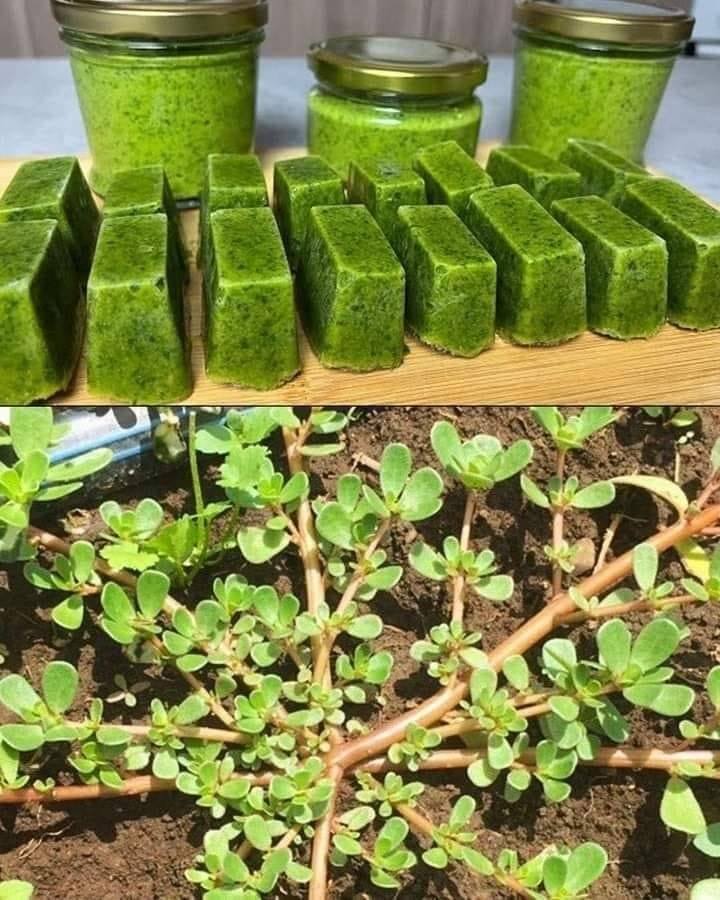ADVERTISEMENT
**Purslane: An Underrated Plant Full of Surprising Benefits**
In the world of edible plants, some of the most nutritious options often get overlooked. One such plant is **purslane**. Often dismissed as a common weed, purslane has been cultivated for centuries in various cultures for both culinary and medicinal purposes. This humble plant, which can be found growing in gardens, sidewalks, and parks, is an absolute powerhouse of nutrients and health benefits. Let’s dive into why purslane deserves a spot in your garden — and on your plate!
### What is Purslane?
Purslane (scientifically known as *Portulaca oleracea*) is a leafy green plant that has a succulent texture. It’s native to Asia but is now found all over the world. The plant is typically low-growing and can spread out along the ground. It has small, tender leaves, red stems, and a slightly sour taste. Purslane grows best in warm climates and can often be found in the wild or as a cultivated crop in gardens and farms.
While many gardeners consider it an invasive weed, purslane is actually packed with nutrients, making it a valuable edible green. It is especially common in Mediterranean, Middle Eastern, and Latin American cuisines, where it’s often used in salads, soups, and stews.
### Surprising Health Benefits of Purslane
You might not expect a plant growing wild in your backyard to be a superfood, but purslane is bursting with health benefits. Here’s why this humble herb is worth considering for your diet:
